Make purging Quick for kids
Today, I got frustrated with my 11-year old’s room. Jacob is a typical boy, with lots of different interests. Sports, video games, TV, rocks, toys. Clothes are not one of his interests. As long as he has a t-shirt to wear and some shorts (clean or not) he is good to go. So every day before school I inspect his clothing to make sure he doesn’t shame the family by wearing a T-shirt with ketchup stains on it to school.
Yesterday, I found a bag of Kyle’s jeans (he’s 16 now) that I had saved for Jacob, which were in the top of my girls’ closet. (The boys had been in the room the girls now use, so I must have just left them there when we made the switcheroo.)
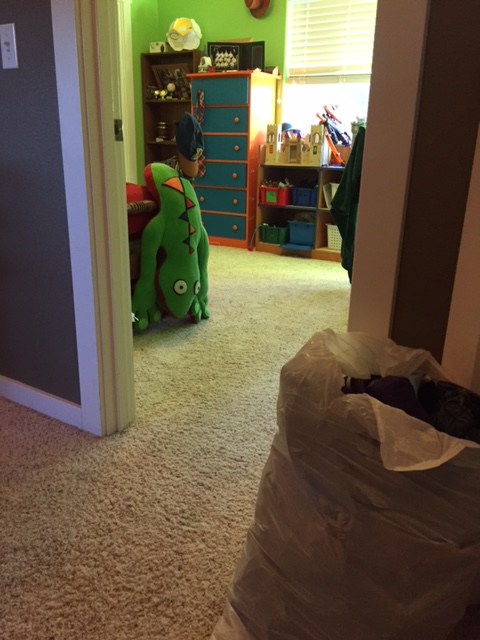
With the purged clothes bagged up, Jacob’s room looks great!

Mid-project with all the clothes on the floor looks messy.
That is what inspired me to get
Jacob’s room in shape. I had him do a “fashion show” to try on the jeans and show me which ones fit. I sat in the hallway and folded laundry because I really dislike waiting time and the laundry always needs to be folded. (It never ends, does it?)
Turns out, only two pairs of the jeans fit him, so we put the ones that didn’t fit in a pile. On his own, he took the long pants that were too small out of his drawer and added them to the pile, which I had placed outside his doorway. That is one of the tricks I use when organizing: Get the stuff as close to its destination as possible. If it isn’t going to end up in the room, put it outside the doorway in a box, bag or pile. Then, as soon as you’re done sorting, take it and put it in a designated “giveaway” zone in the garage or, even better, in the trunk of your car.
Next time you pass a thrift store, take 5 minutes and donate it. It’s a great feeling for me because I like to know my things will get used by someone who may desperately need them. And if you’re into recycling, this is the ULTIMATE recycling!
Next, I moved to the shirt drawer. By this time, he was asking to go play a video game with Dad. I told him once we went through his shirts he could. So he speedily put the shirts that were too small in the growing pile. Some of them were designated “PJ” shirts because they are ratty but he still loves them. Then I looked at the shirts (because he frequently puts things away when they need to go into the wash) and sorted the dirty ones into a laundry basket. (I still have not learned how to get him in the habit of putting dirty clothes into the laundry bins, which are literally 6 feet from his bedroom door.)
As I sorted, I put the long-sleeved T’s in a separate pile, because I’d decided to place them in a basket in his closet since he’s not wearing them yet. That seemed to work well. We put his painting/work clothes in another basket there.
So how long did it take us? 30 minutes.
The other drawers didn’t need attention because they are not overflowing, so I moved to the laundry, where I put stain stuff on all the shirts. In some cases, I needed to use Lestoil or Kiss off on the grease stains. Lestoil is for any oily stain, but it smells really bad. Kiss off comes in a stick, and is so powerful it can remove oil paint. (But you can’t leave it on the clothes more than 24 hours or it will bleach out the stain and the fabric color.)
So, once the laundry was started, I sat down and ate a homemade chocolate chip cookie. It’s been a good day already.
Clothes switcheroo tips:
- Have the child try on the clothes that may be too small.
- Make it fun (play music, give small treats) or give them a reward to look forward to when you finish.
- Put any stained or ripped clothing in a giveaway bag or box.
- Separate dirty clothes into a laundry basket.
- As kids grow, their clothes get bigger. If they need more room than the drawers or closet provides, add a basket or a set of opaque plastic drawers to the room. Utilize under-bed space using an under-bed box for off-season clothes.
- Put the remaining clothes, the “keepers,” in drawers.
- Take your giveaway container to the garage or car trunk and drop it off at a thrift store this week.
Another option for donating: See if your community has a resource which provides free clothing to needy families. In Grants Pass, we have the Campus Closet, which gives clothes to kids age 5 to 18. It has moved locations from North Middle School to: The United Community Action Network building: 125 Manzanita Ave. Check the district 7 website for hours. http://www.grantspass.k12.or.us/Page/2873
They are open selected Wednesdays from 4 to 7. Campus closet Facebook page: www.facebook.com/Campus-Closet-121572287883293/
See my Pinterest page for organizing toys http://www.pinterest.com/jennyrossomorin/organized-kids-toys/
Ideas for organizing closets: http://www.pinterest.com/jennyrossomorin/organizing-your-closet/

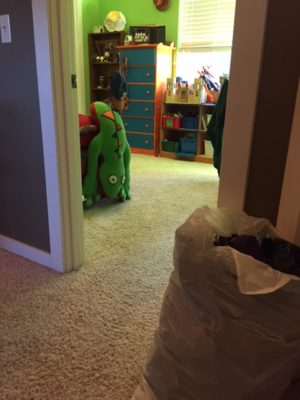
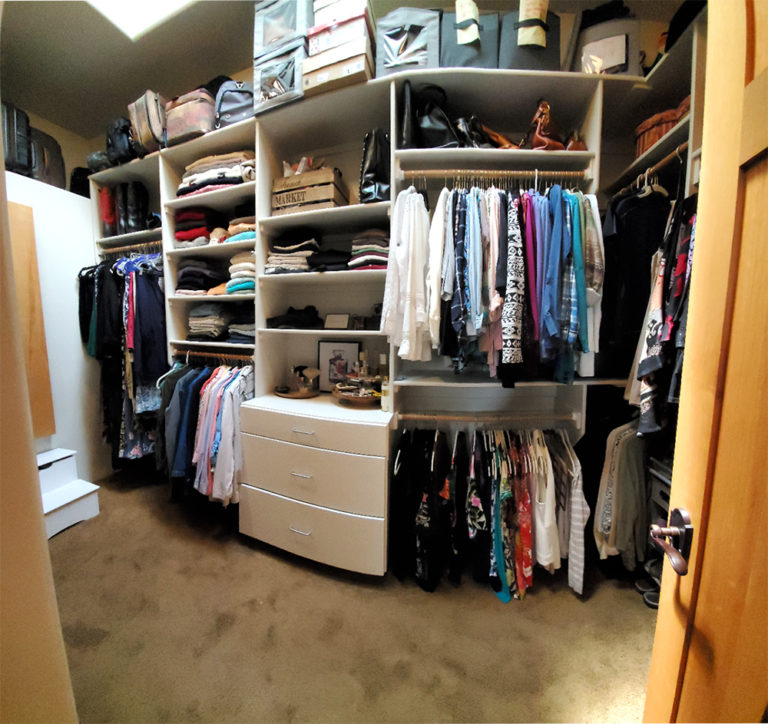
 Does your closet scare you? How long does it take you to find what you are looking for? Are your clothes crammed in tight or is there space between your hangers?
Does your closet scare you? How long does it take you to find what you are looking for? Are your clothes crammed in tight or is there space between your hangers?
 Do you clear off your desk only to find paper clutter piling up within a few days?
Do you clear off your desk only to find paper clutter piling up within a few days?
 lists… For more on this, read David Allen’s book Getting things Done.
lists… For more on this, read David Allen’s book Getting things Done.
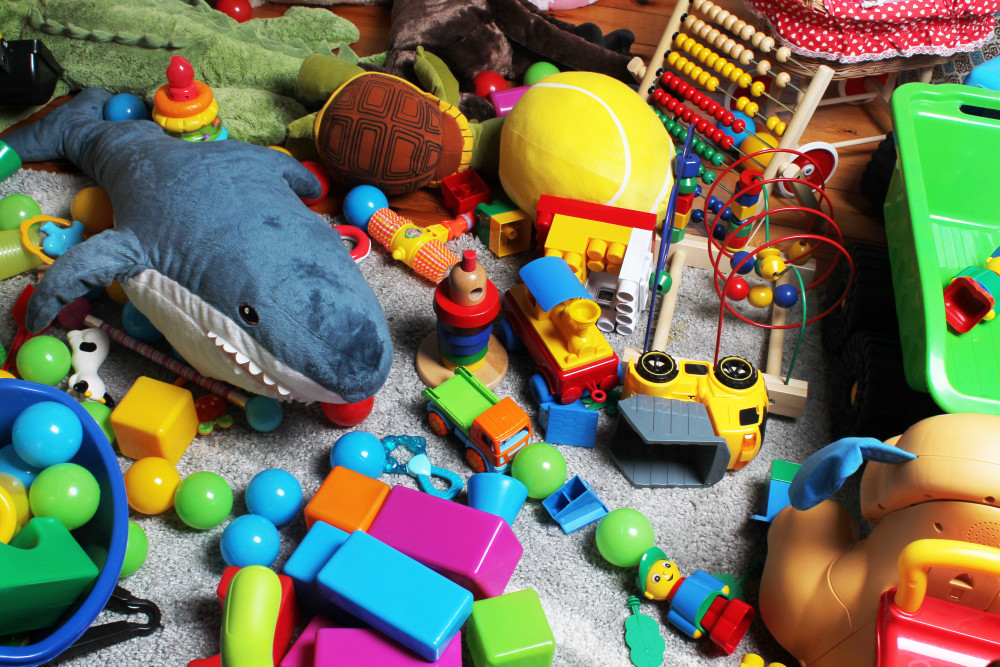 So your kids are in school and you walk past the toyroom or their bedroom. Ugh! You think: ‘I can hardly see the floor in there! Every time I try to organize it, it lasts for a week or so, then it’s back to this mess! What can I do about the toys?’
So your kids are in school and you walk past the toyroom or their bedroom. Ugh! You think: ‘I can hardly see the floor in there! Every time I try to organize it, it lasts for a week or so, then it’s back to this mess! What can I do about the toys?’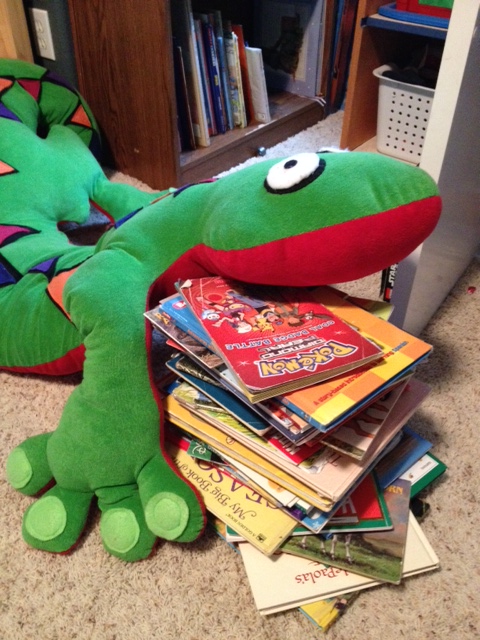 old-fashioned soda-jerk counter and all). Another good way is to donate them for a good cause. Local schools have annual white elephant sales and they LOVE to receive children’s books. You are doing 2 good turns: helping the school raise funds and getting a book into the hands of a child who will love it.
old-fashioned soda-jerk counter and all). Another good way is to donate them for a good cause. Local schools have annual white elephant sales and they LOVE to receive children’s books. You are doing 2 good turns: helping the school raise funds and getting a book into the hands of a child who will love it.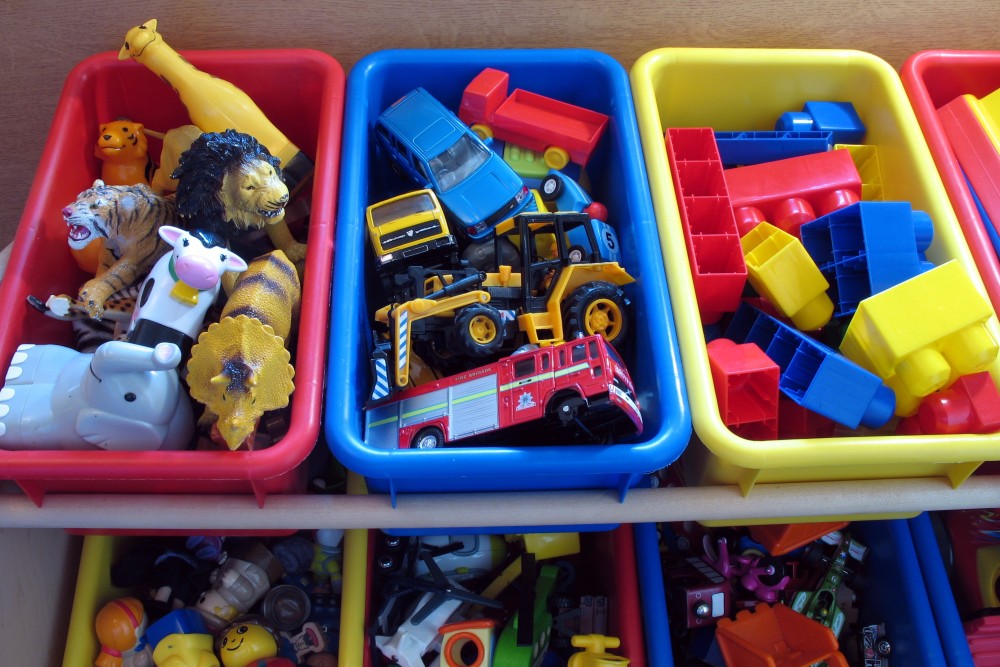 Long answer: See the picture I’ve included. Some categories for starters: Legos, wooden toys, cars and other wheeled toys, people, balls. One great tip for even small children to put away their own toys, take a picture of the kind of toys that belong in each bin as an easy label. Or, just draw a simple picture and tape them to each bin. It worked for my children!
Long answer: See the picture I’ve included. Some categories for starters: Legos, wooden toys, cars and other wheeled toys, people, balls. One great tip for even small children to put away their own toys, take a picture of the kind of toys that belong in each bin as an easy label. Or, just draw a simple picture and tape them to each bin. It worked for my children!

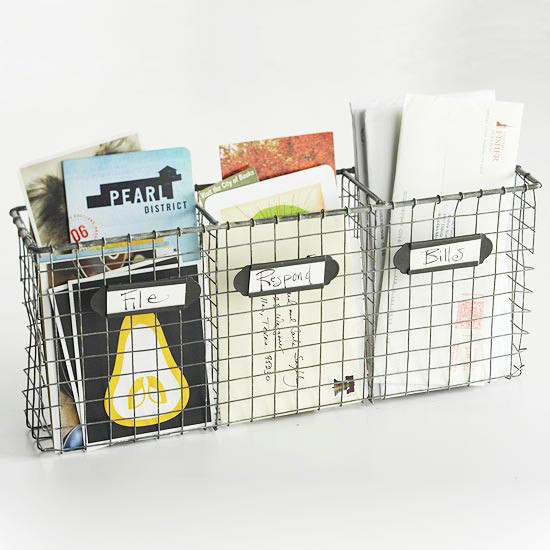








 as Saving Tips
as Saving Tips ht this year either on a list in your purse, in your smartphone or in your head so you won’t be tempted to overbuy. Sometimes when shopping, women especially tend to temporarily forget that we already have 4 presents for this child when we see an adorable holiday dress. . . . That’s how last-minute overspending gets us. See tip 2 and repeat.
ht this year either on a list in your purse, in your smartphone or in your head so you won’t be tempted to overbuy. Sometimes when shopping, women especially tend to temporarily forget that we already have 4 presents for this child when we see an adorable holiday dress. . . . That’s how last-minute overspending gets us. See tip 2 and repeat.

